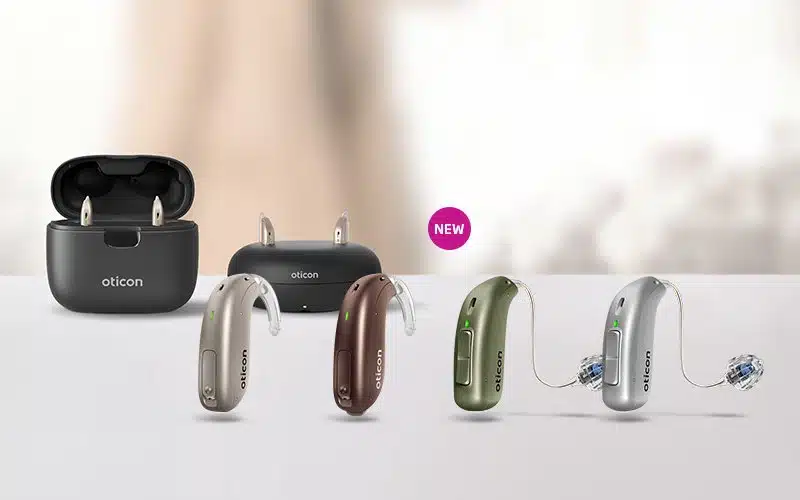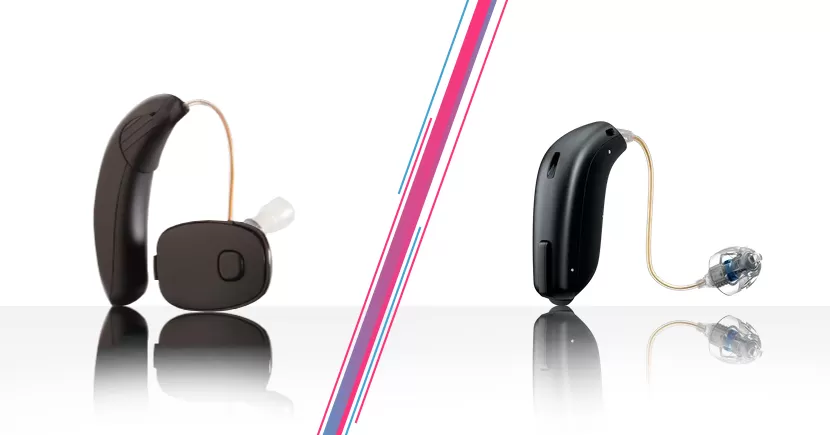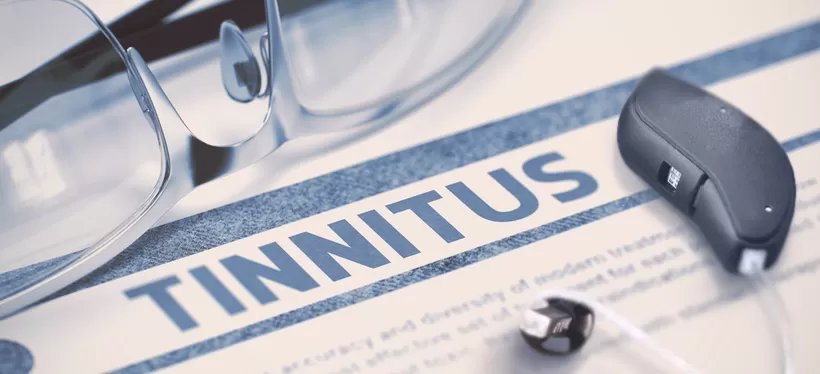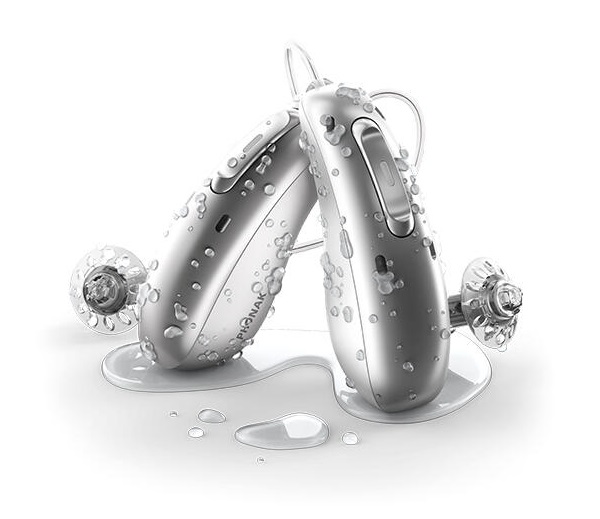Invisible-in-canal hearing aids are available in an array of colors, but you might be surprised to learn that the most popular color is black.
Why is this?
Look into a loved one’s ear (or into the model’s ear below). At a certain point, all you see is black. It’s right at that point of the ear (the dark/shadowy part) that these hearing aids sit.
So, the black color ends up being the best way to make this hearing aid more discreet.














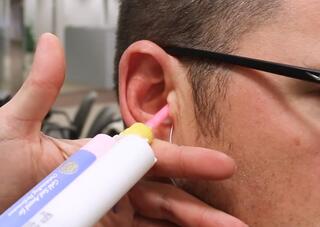

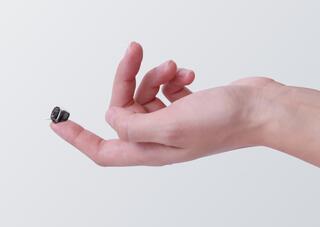



















![Buying Hearing Aids Online [Pros & Cons, Tips] Preview for the "Buying Hearing Aids Online [Pros & Cons, Tips]" video](https://cdn.ziphearing.com/dist/dynamic/files/videos/8/thumbnail/version/1/100/thumbnail.jpg)

![Rechargeable Hearing Aids [Pros & Cons] Preview for the "Rechargeable Hearing Aids [Pros & Cons] " video](https://cdn.ziphearing.com/dist/dynamic/files/videos/20/thumbnail/version/1/100/thumbnail.jpg)

